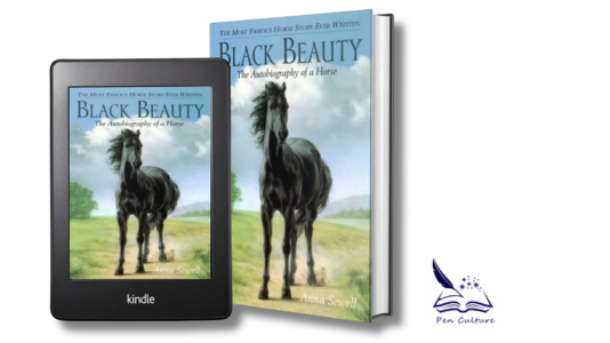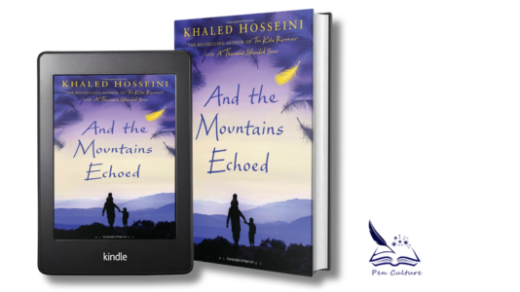Black Beauty by Anna Sewell is a heartfelt classic that’s touched readers for over a century. The novel is told from the perspective of a horse. It follows Black Beauty’s journey through a series of owners. Some owners are kind. Others are cruel. The book was first published in 1877. It shines a light on the mistreatment of horses in Victorian England. It calls for compassion and humane treatment of animals. Though aimed at children, its message of kindness resonates with readers of all ages.
Plot Summary
The story begins with Black Beauty’s early life in the countryside, where he’s well-treated by Squire Gordon. But as he’s sold to different owners, Beauty faces the harsh realities of life. He goes from pulling cabs in London to suffering under cruel hands. Along the way, he meets kind people like cab driver Jerry Barker. Yet, he also endures pain from the inhumane use of the “bearing rein.” This device forces horses into unnatural, painful positions. In the end, Black Beauty finds peace in retirement with gentle owners. The story stays with you as a reminder of the suffering animals endure.
Themes and Style
Compassion and Animal Welfare: Black Beauty is more than a story; it’s a plea for kindness. Sewell’s message is simple but powerful: how we treat animals reflects our humanity. The novel was groundbreaking in its call for better treatment of working horses.
From a Horse’s Perspective: Narrating the story from Black Beauty’s viewpoint brings readers closer to the emotional world of animals. Sewell’s straightforward writing makes the book easy to read while creating a strong emotional connection between the reader and Beauty.
Character Analysis
Black Beauty: A calm, dignified horse, Beauty’s gentle nature makes him easy to love. His story shows how animals, like people, deserve compassion.
Ginger: Another horse in the novel, Ginger’s tragic story highlights the cruelty animals often face. Her suffering contrasts with Beauty’s moments of kindness, making her fate even more heartbreaking.
Strengths
- Empathy through Storytelling: By giving a horse a voice, Sewell brilliantly makes readers feel for animals in a personal way.
- Moral Impact: The novel’s clear message about kindness and animal welfare continues to inspire people today.
Weaknesses
- Episodic Structure: Some may find the plot lacking. It jumps from one event to the next without a strong overarching story.
- Moralistic Tone: The novel can feel a bit preachy at times, though its message is important.
Conclusion
Black Beauty is more than just a story about a horse. It’s a powerful call for kindness and empathy toward animals that still resonates today. Sewell’s timeless novel reminds us that our treatment of animals reflects our moral character. This makes the book a must-read for both children and adults.
Rating: 4.5/5




